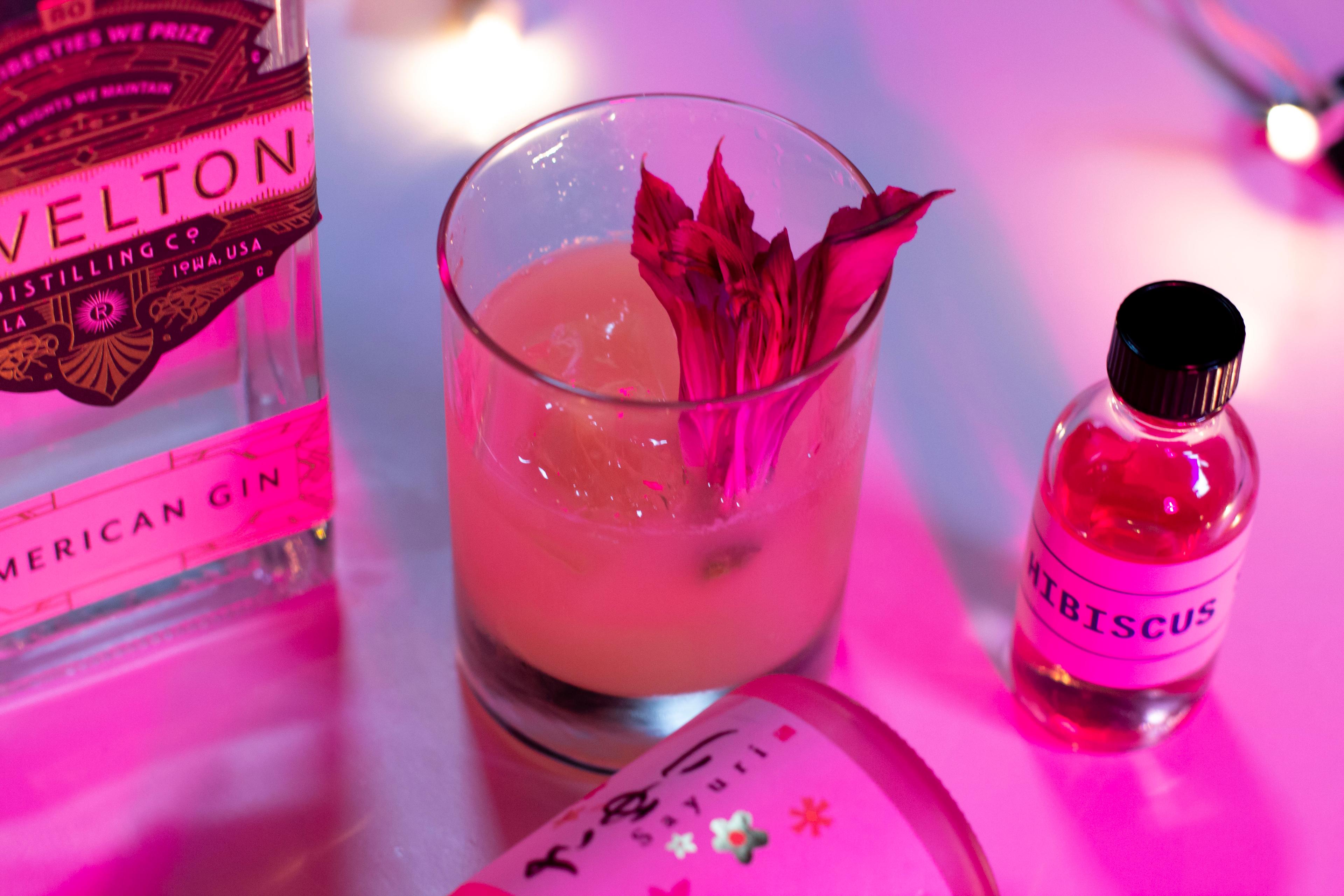
5 Date Night Drinks From The Beverage Architects
blog
Join us as we unveil a selection of our Beverage Architects' cherished cocktails (including one delightful mocktail) guaranteed to captivate the night.
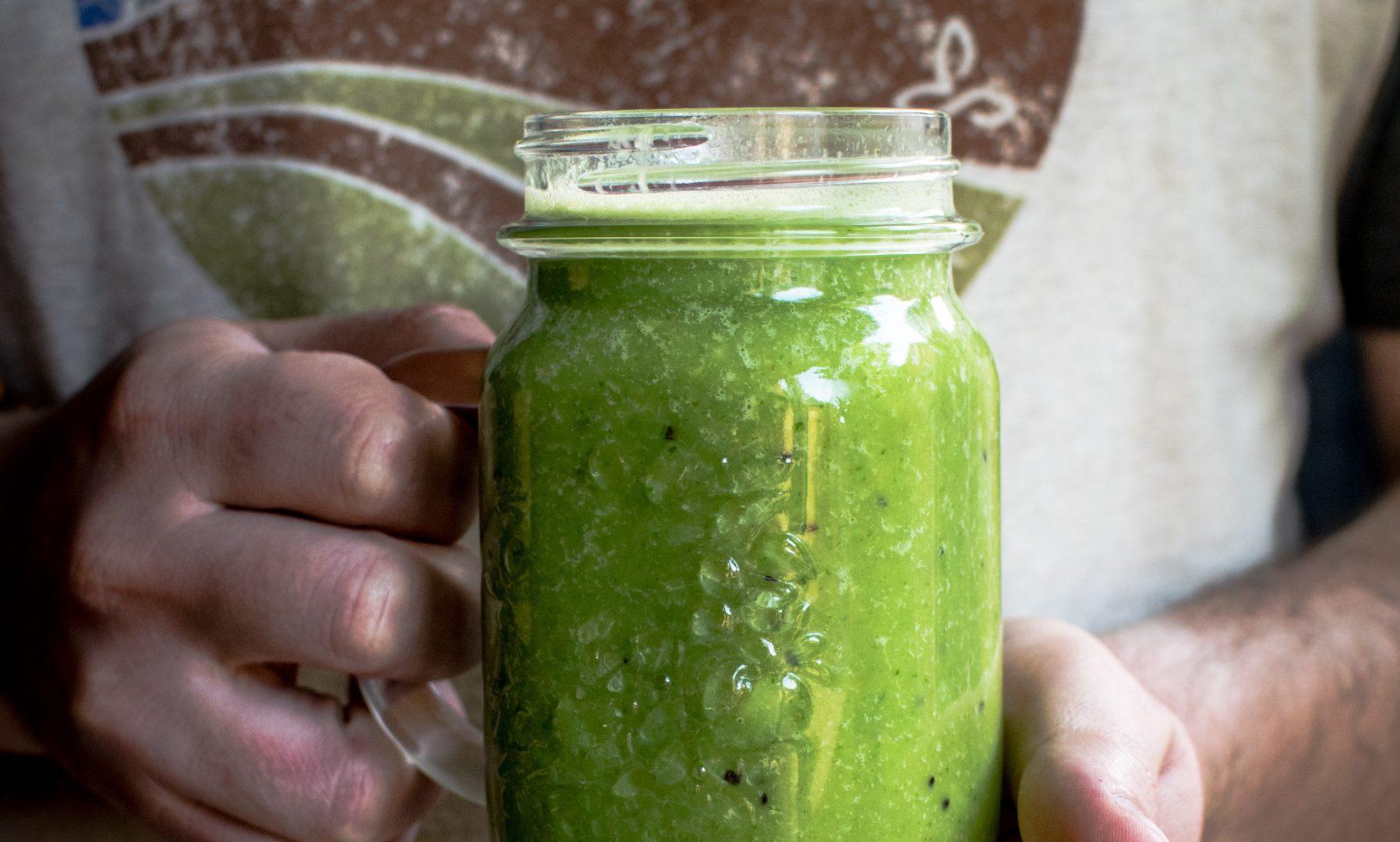
Published on:
November 6, 2019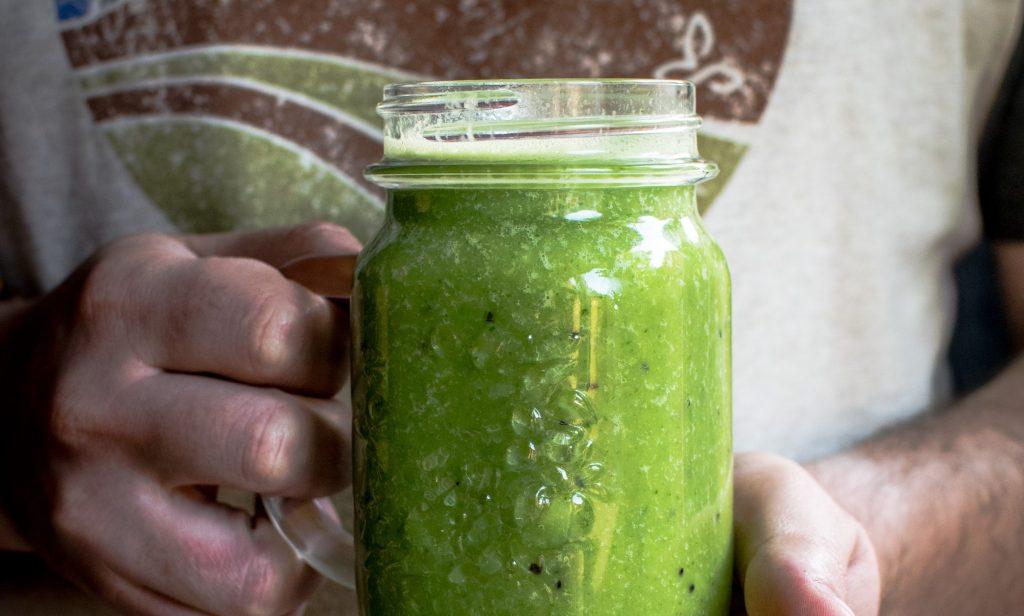
As consumers become more and more health-conscious, “better-for-you” beverage products like kombucha, plant milks, and drinking vinegars are experiencing explosive growth. In response to increasing demand for delicious drinks that offer more nutritional value, the cold-pressed juice sector is among these expanding categories, expected to reach $8.1 billion by 2024. Today we’re taking a deep dive into the world of cold-pressed juices and sharing our insights on how beverage developers can get ahead of this emerging trend.
Cold-pressed juice is simply juice that has been extracted through cold pressing – a process where fruits and vegetables are crushed and pressed at a low speed and rotation. This method minimizes contact with oxygen, which can reduce the number of antioxidants in the juice, and doesn’t generate the damaging heat levels that other juicing processes do.
Why does this matter? Because it allows the nutrient-rich enzymes present naturally in the raw produce to remain intact in the juice – this is also why cold-pressed juices are often marketed as “raw.” For example, vitamin C and certain B-complex vitamins such as folate, thiamin, and pantothenic acid are particularly susceptible to heat. And while it’s true that heat can enhance the yield of some phytochemicals – like lycopene, an antioxidant found in tomatoes – unless you’re drinking tomato juice, this is not going to be the case for most juicing produce. Without the excess heat, nutrients can remain intact, ensuring that consumers get the most functional benefits out of their drink.
It’s also worth noting that cold pressing is more effective for optimizing the yield of juice from certain produce, like leafy greens which are a great source of vitamins A, C, and K, as well as folate, iron, and calcium. This makes cold pressing an attractive method for consumers and developers looking to integrate a wider variety of produce into their juices.
Cold-pressed juice is the most nutritionally active juice. Cold pressing ensures that most of the natural, functional health properties of the produce and other ingredients used to create the juice remain preserved, making cold-pressed juices a popular choice for health-conscious consumers looking for more functionality from their beverages. Drinking cold-pressed juice is a great way to introduce more fruit and vegetables into your diet, even on the go: they’re potency allows consumers to quickly benefit from a boost of toxin-fighting nutrients that can enhance the immune system and overall health.
However, it does matter which cold-pressed juice you reach for, which developers should take into account when formulating their recipes. Juices with lots of dark leafy greens – as opposed to fruit-only juices – will pack more of a nutritional punch without the excess sugar. Another fall-back of cold-pressed juices is a lack of fiber. The cold pressing process eliminates pulp, which is often the source of the healthy fiber we need in our diets. It might be best to opt for a juice blend of high-fiber produce, like raspberries, blackberries, pears, and avocado, which are more likely to carry over some of that fiber content even after going through the cold-press process.
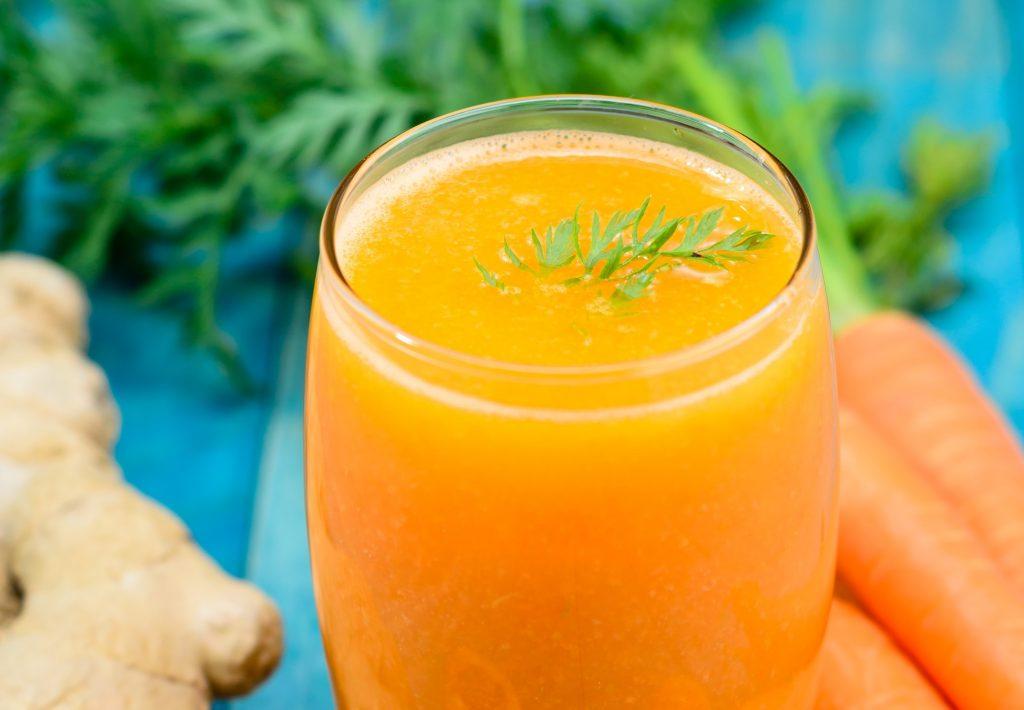
Cold-pressed juice has a limited shelf life and should be consumed within 24 hours of processing – this creates a problem for commercialization. Pasteurization isn’t an option because that involves heat, which would eliminate the benefits of cold pressing in the first place. That’s why instead, wholesale cold-pressed juice is typically put through High Pressure Processing (HPP).
Rather than using heat to kill off harmful microbes, HPP involves subjecting the sealed juice product to pressures of 8o,000+ psi. Even though higher pressures would normally generate heat, HPP is an all-natural process that uses purified cold water to regulate temperature while neutralizing food-borne pathogens – all without preservatives, chemicals, or heat. This is also why HPP cold-pressed juices are packaged in plastic instead of glass: glass does just fine in environments of high heat, but not when it comes to high pressure. Putting your cold-pressed juice product through HPP gives commercialized juice products a safe shelf life of 30 to 45 days when refrigerated – all while maintaining its nutrient density and delicious taste.
In addition to accounting for the expenses of the cold pressing and HPP processes, as well as the relatively short shelf life of your finished product, you’ll need to consider the costs of your raw materials and ingredients. After all, it can take as much as three pounds of produce to make one 16-oz cold-pressed juice. Reformulating your juice to include purees or added tea or water may help balance out your costs, but it may also prove detrimental to your brand in the eyes of quality-conscious consumers. Yes, premiumization is always an option, but keep in mind that you’ll also need to compete with juice bars and lower-cost private label HPP juices, which are on the rise.
With almost 30 years in the beverage industry, Flavorman can help you tackle some of these obstacles and develop a drink that is as delicious as it is functional. So if you have an idea for a cold-pressed juice that can change what the world is drinking, fill out this web form or give us a call at (502) 273-5214 to get started.

blog
Join us as we unveil a selection of our Beverage Architects' cherished cocktails (including one delightful mocktail) guaranteed to captivate the night.

blog
Each year, our team of Beverage Architects here at Flavorman come together to flex our divination muscles and attempt to predict the beverage trends of the upcoming year. Check out our predictions for 2024 Beverage Trends!
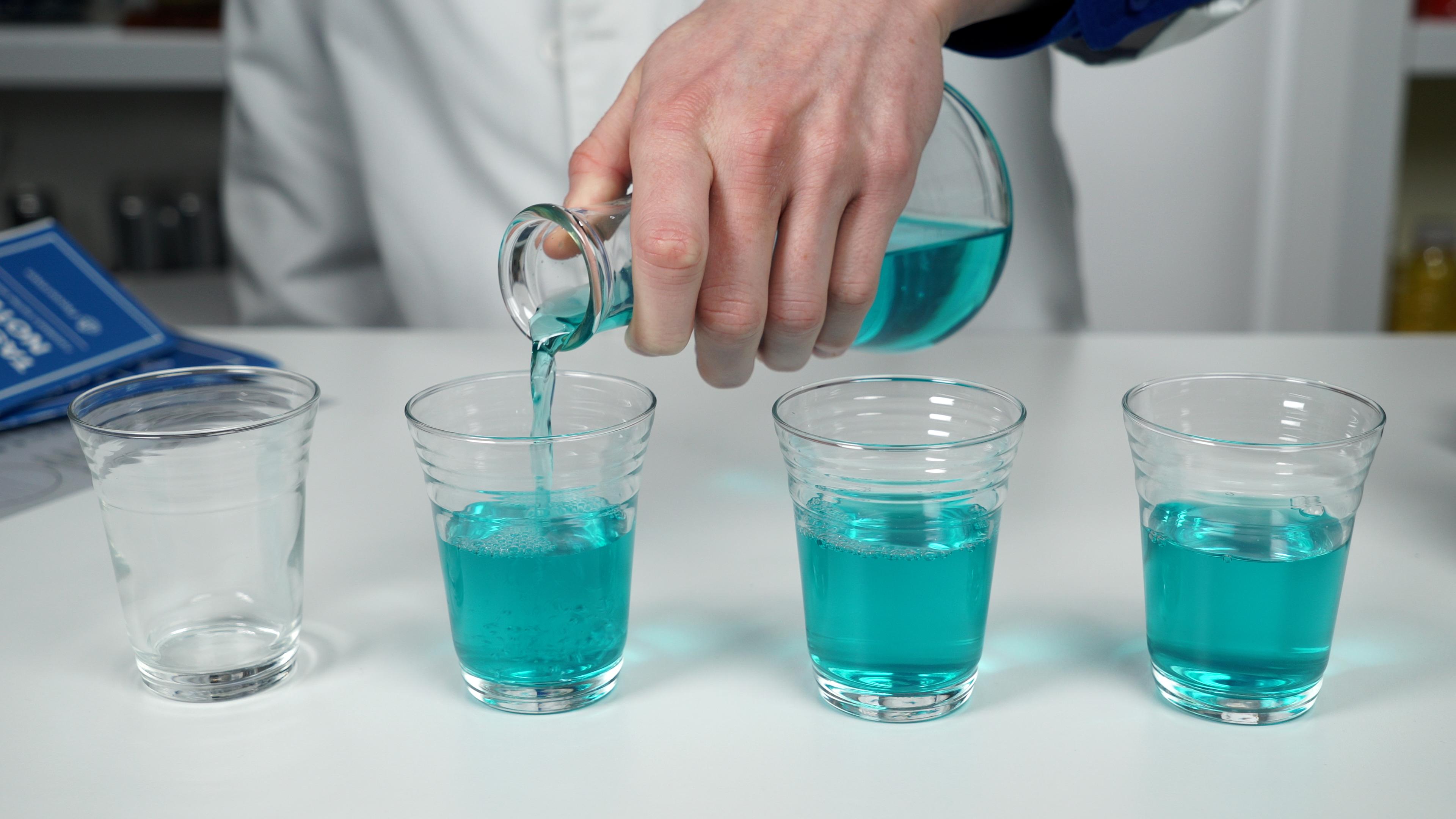
blog
Everyone encounters flavor in various forms, whether it's that refreshing soda straight from the fridge or an aged spirit you save for those special moments. But how often in life do we intentionally engage in a structured tasting to assess a beverage's essence?
Let's Talk